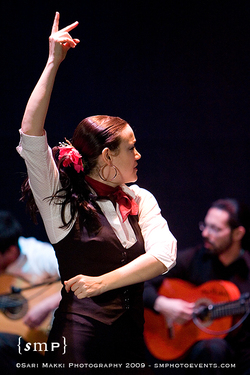
When you want a live Flamenco dance performance at your event, at the very least you are hiring two performers: the dancer and a guitarist. This is the number one fact you must keep in mind when creating the budget for your event.
If the budget does not permit for two performers, a dancer with pre-recorded music can be found, but you must understand that this is no longer Flamenco. The beauty of Flamenco is the live conversation between musicians, partly choreographed, but partly improvised. No two performances are ever the same. This is the magic of our art form.
For a truly authentic Flamenco experience, you must also consider the importance of the singer, or Cantaór or Cantaora. The cante, or song, comes first in Flamenco. The dancer interprets the letra, or lyrics, when she or he dances. For the discerning event planner who wants to create a truly genuine Flamenco show for their guests, the singer must also be accounted for in the budget. Sometimes you can find a guitarist who also sings, but this is not the norm. If you do find this guitarist, you should still expect to pay for his or her additional contribution.
Finally, for the legitimate cuadro, or group, you should consider at least one other dancer who not only adds to the dancing, but to the rhythmic dynamics of palmas, or percussive hand-clapping, and jaleos, shouts of encouragement. On top of this, for a truly rounded out performance, you can consider a cajonero or percussionist.
The most important thing to note when allotting for these performers in your entertainment budget is that if they are professionals, they are experts in their art. They have years of schooling and training, including time lived in Spain. They spend several hours a week rehearsing by themselves and with each other. They spend time and money researching and studying the new and old of their craft. They also run themselves like businesses, spending hours upon hours writing and negotiating contracts, marketing their services, networking, and producing shows, music, videos, etc. They buy and maintain equipment like sound systems, portable dance floors, costumes, shoes, etc. Many are teachers as well, spending much of their time preparing and teaching classes, workshops, and demonstrations. All of these activities cost time, effort, and money.
So please consider the above when planning to hire Flamenco artists for your event. When you receive a quote, please consider that you are not just hiring a pretty girl or handsome man in a flashy costume to play a CD and dance around to it. You also are not just paying a dancer and a musician to simply play music and dance at your event. You are paying for their expertise, for those years of training, for their hours of work that goes unseen. Those hours of work directly benefit you in that they all come together to create the best possible performance at your event.
Because you are paying good money for a service, you also have every right to be discriminating. Please do your research and make sure you are hiring experts in their field and consummate professionals. Feel free to ask them about their training, their work history and ethic, their relationship to Flamenco. Expect them to be on time, friendly, and just as committed as you are to making sure you get a memorable performance at your special occasion. Just as dedicated artists deserve respect for their craft, you deserve the best your money can buy. Expect it.
In my next installment for this topic, I will explain the different styles of Flamenco shows you may be considering and what is best for your particular event.
If you liked this entry and found it useful, please share it. If you have any questions for me about planning your special event, please feel free to contact me.
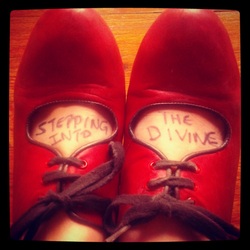
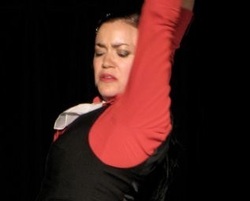

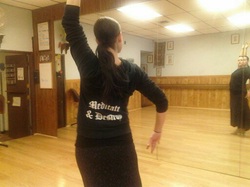
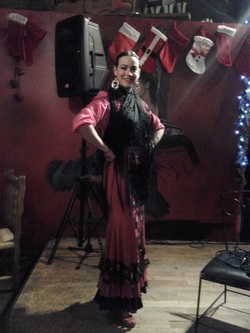
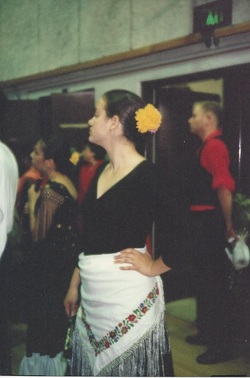
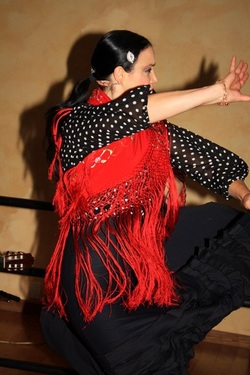
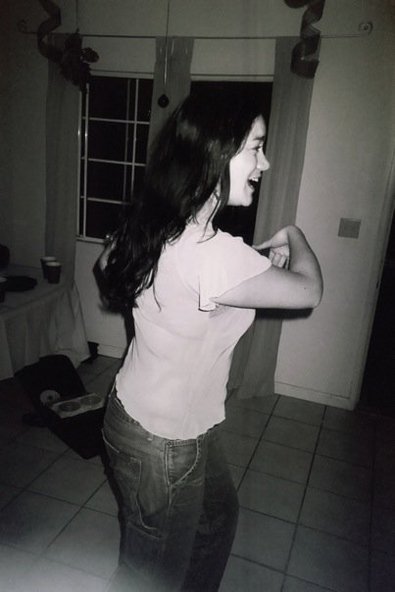
 RSS Feed
RSS Feed
